The most beautiful drought-resistant flowers and herbs
Soil moisture plays an important role in the development and flowering of ornamental plants in the garden. But with an inconvenient location of the site, when the sun's rays dry out the soil, and it is often impossible to water it, drought-resistant flowers and herbs are chosen for the garden. They will be able to perfectly decorate the site without losing their attractiveness and vitality.
Content:
- An overview of the most beautiful drought-resistant flowers
- Best drought tolerant herbs
- Ways to use plants in garden design
- Benefits of using drought tolerant plants
An overview of the most beautiful drought-resistant flowers
Ornamental crops that tolerate drought easily, or xerophytes, can thrive on poor soils. They love both sun and shade. They do not need to come up with an irrigation system, it is enough to add gravel and sand to the ground to drain the soil. Even rare watering of drought-resistant plants will not lead to their death. And layers of mulch from sawdust, straw, chopped foliage will help keep moisture.
Blooming perennials and annuals can become a decoration of a flower bed or a rocky garden:
- Undemanding to moisture Carnation... Flower petals ranging from whites and pinks to reds look great on lawns and in the garden between trees. Low varieties of cloves are suitable for rockery.
- Blooms in June alpine aster, covered with blue or lilac color stars. Low-growing bushes are suitable for curbs, suitable for alpine slides. The twigs of the plant grow quickly, without requiring special care, are unpretentious and shade-tolerant. They are watered abundantly twice a week in the morning. Aster grows in one place for several years.
- Perennial echinacea does not even tolerate partial shade. Echinacea strange with yellow petals is beautiful, and purple - decorates the areas faded from the heat, reviving them with bright colors. Terry types of flowers are decorative and with white petals resembling chamomile.
- The snow-white carpet of the Yaskolka looks spectacular against the background of gray stones. Small flowers of the plant are collected in corymbose inflorescences.
- For framing flower beds use alissum... Its stem is low, and miniature flowers of different colors, in addition to decorativeness, have a pleasant honey aroma. Alyssum thickets will add sophistication to any site.
- Phlox subulate so named because of the narrow, tough leaves, slightly pointed. The creeping stem of the plant ends with peduncles, on which there are two flowers of different tones - white, lilac, purple. Will decorate this view phlox and a rocky garden, and mixborders... During the summer, the plant manages to bloom twice.
- Bells with white and blue flowers tolerate drought well. They are suitable for rustic garden design.
- Flowers with high stems can be distinguished mallow, or stock-rose... She is not afraid of drought, delighting with flowering from July to August.
All kinds of drought tolerant flowers are beautiful. They can define the style of the site, add a touch of originality to the design of the garden.
Best drought tolerant herbs
Designers use grasses to decorate the site, among which it is better to choose those that do not like high soil moisture.
- Elimus is known to have long, sharp, bluish leaves. A feature of the plant is its ability to spread throughout the entire territory. If you restrict planting, then you will not find the best grass for the garden. It retains its decorative effect even in dry summers. Summer residents have long appreciated the two-source with long green leaves bordered with white stripes. Lush carpets of a herbaceous plant will decorate the border along the fence and rockeries, rock gardens.
- Fluffy bumps gray fescue are renewed annually, so they always look fresh and beautiful. The grass does not spread over the area, clogging it up. But Heuchera attracts from afar with its yellow, red rosettes of leaves.
- Hare cabbage, stone rose is called rejuvenated. The palette of leaves includes brown, red, pink, silver paints. For a plant, the best place is sunny, and the soil is suitable from sand, which allows moisture to pass through well. The underdeveloped root system allows hare cabbage to germinate even on stones.
Drought tolerant ornamental grasses are actively cultivated in the garden.
Ways to use plants in garden design
Numerous ground covers for rocky gardens are not very tall. Their stems grow no more than 15-30 centimeters. Therefore, the plantings form dense clumps, growing well under bright sunlight. It is better to choose them for a rock garden with drained soils.
The lack of moisture is easily tolerated and plants with an average stem length of up to a meter. Bushes with small flowers adorn the rocky gardens for a long time. They are suitable for growing along paths. Plants are planted for decorating terraces, gentle slopes.
You can combine herbs and flowers with spherical fir trees, pine trees, compact shrubs - bean, Japanese quince.
Ground cover flowers look great in a rose garden, in the foreground, flower beds, rabatki. And in an English-style garden one cannot do without medium-sized sun-loving plants - yarrow, sage, clean man.
You can enclose drought-resistant plants in stone slabs, which will help get rid of weeding the area. They will be a great backdrop for flower beds of bright summer flowers. And in a wilderness style garden with rocks, boulders, elevation changes, drought-resistant plants will look perfect. If you want to update the garden, make it natural at a minimum cost, then you need to use xerophytes or succulents.
Benefits of using drought tolerant plants
The main advantage in growing xerophytes is their ability to experience comfort even on poor soils. But wetlands are not suitable for plants. On them, cultures quickly rot and die. In order for the outflow of moisture to be constant, it is necessary to provide drainage to the area with drought-resistant plants. Among flowers and herbs, there are both those who love the sun and those who prefer shade. This is also taken into account during landing.
When creating compositions of ornamental crops, do not forget that plants with the same requirements for soil and moisture should be nearby.
Using xerophytes or succulents for design, they leave more room for growth. They love to grow, so they need to be limited, without giving the roots room. To care for plants, you do not need to think about feeding. In rare cases, they feed ash... But organics must be excluded.
Despite the simplicity of care, many drought-resistant plants are bright and colorful, have a pleasant aroma, and are distinguished by lush flowering. They are irreplaceable in the design of dry slopes, rockeries, rock gardens, rocky gardens. Those who do not have the opportunity to design a site need to sow drought-resistant plant specimens, and they will shake their flowering throughout the summer.
More information can be found in the video:



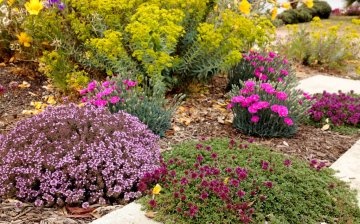
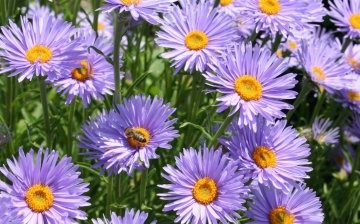
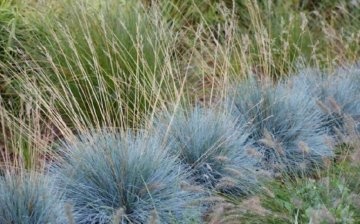

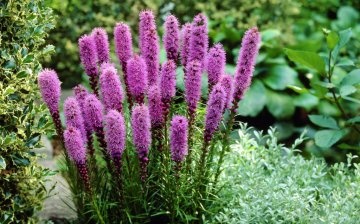







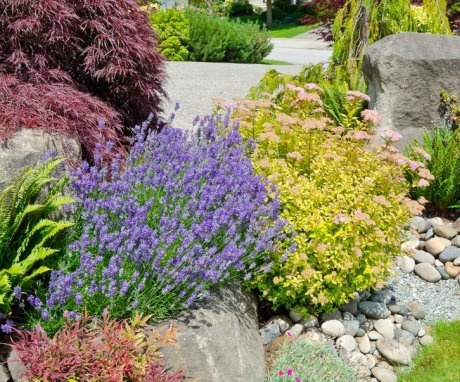
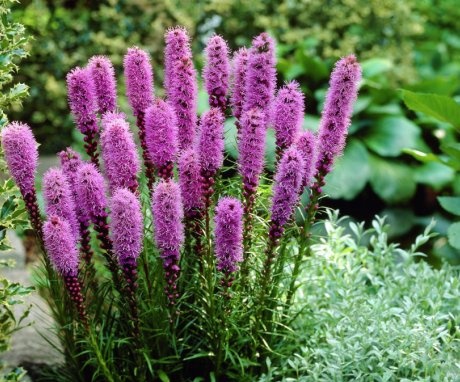
We always water flowers in flower beds 2 times a week. Didn't know that carnation and stock rose are drought tolerant. Despite such abundant watering, the flowers grew and bloomed quite well.